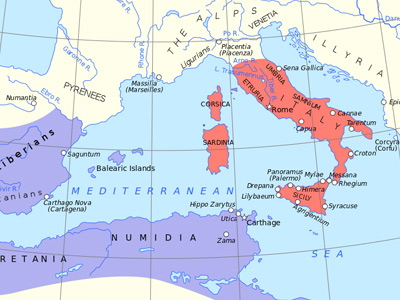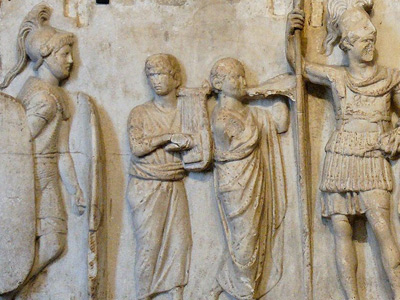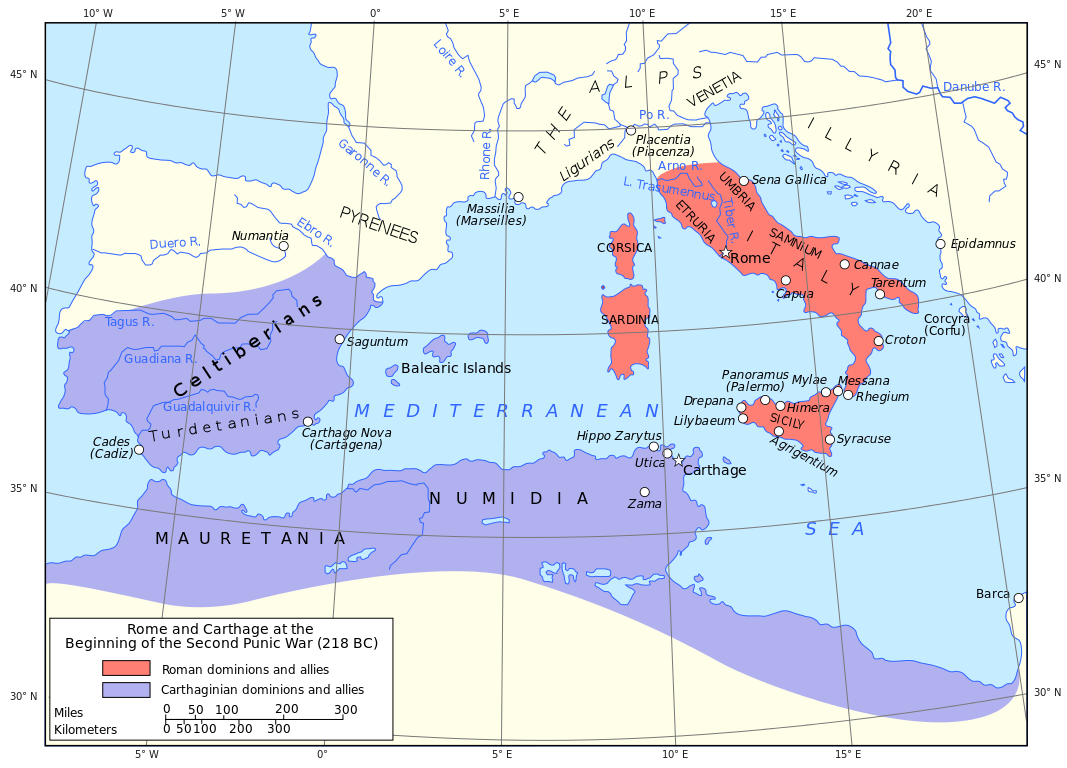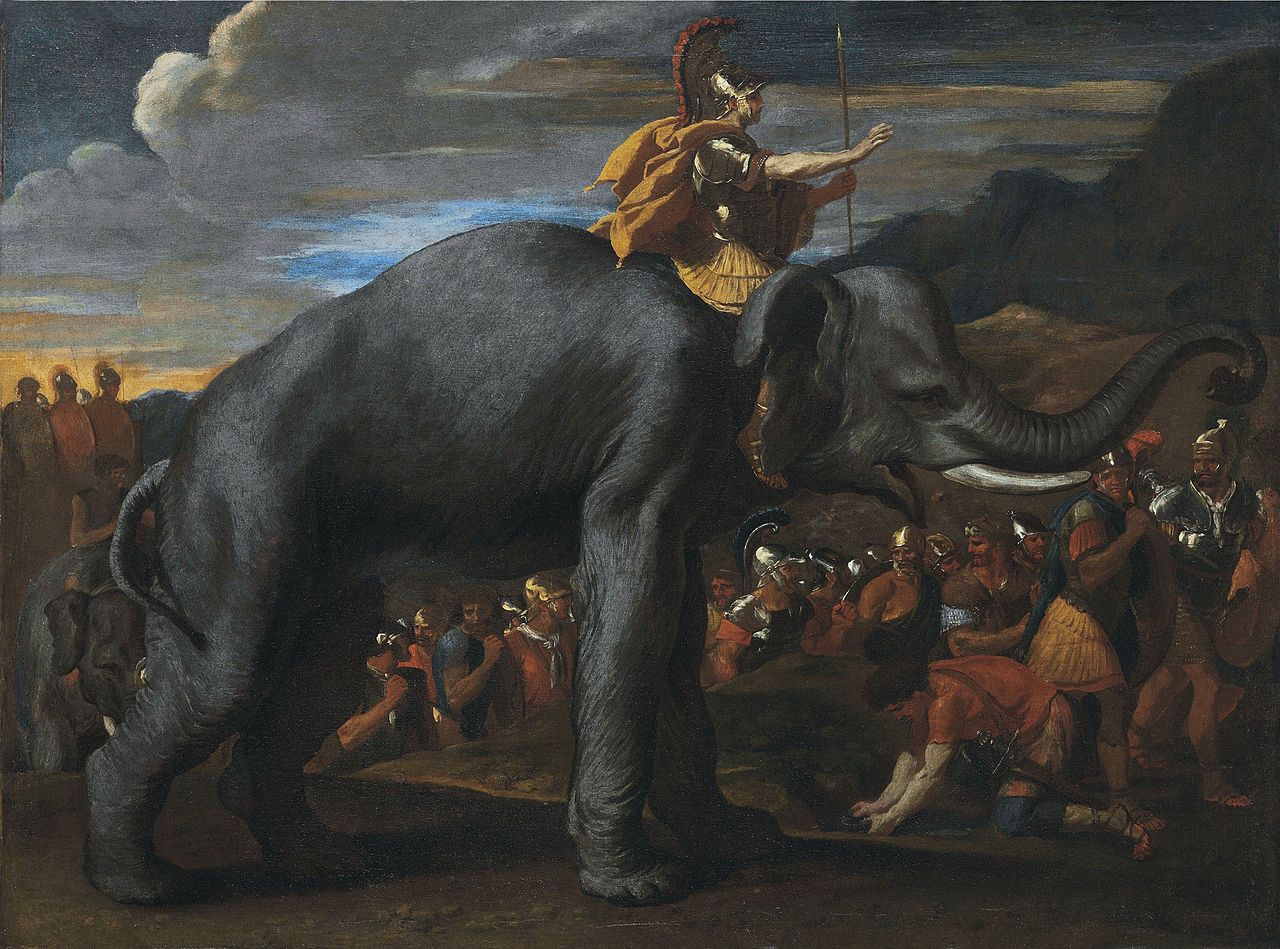Second Punic War (218-201 BC)
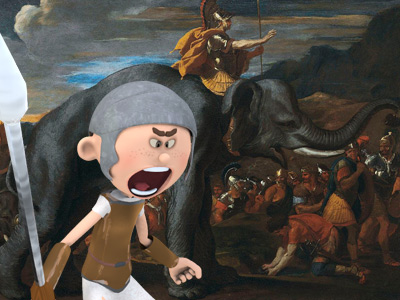
Carthage's Last Stand in Iberia
At the Battle of Ilipa, large numbers of Celtiberian mercenaries in Carthaginian service confronted a mixed army of Romans and Iberians. Scipio Africanus Major employed a clever ruse. Every day for several days, he drew up his army for battle with the Romans stationed in the centre of the line and the Iberians on the wings. But when the enemy offered battle, he would eventually decline it. By this stratagem, he convinced the Carthaginian commanders Mago and Hasdrubal Gisco that they could expect the Romans The Roman Republic was a form of government of Rome and the era of the classical Roman civilization when it was run through public representation of the Roman people. Beginning with the overthrow of the Roman Kingdom (traditionally dated to 509 BC) and ending in 27 BC with the establishment of the Roman Empire, Rome's control rapidly expanded during this period - from the city's immediate surroundings to hegemony over the entire Mediterranean world. to hold the centre of their line.
The Roman Republic was a form of government of Rome and the era of the classical Roman civilization when it was run through public representation of the Roman people. Beginning with the overthrow of the Roman Kingdom (traditionally dated to 509 BC) and ending in 27 BC with the establishment of the Roman Empire, Rome's control rapidly expanded during this period - from the city's immediate surroundings to hegemony over the entire Mediterranean world. to hold the centre of their line.
On the day of the battle, the Roman force deployed earlier in the day and with the Romans posted on the wings of the line. In the rush to respond, the Carthaginians placed their best forces in the centre as usual, failing to spot the unusual Roman deployment. Thus the inferior Carthaginian mercenaries on the wings were severely beaten by the Romans. The Celtiberians deserted the Carthaginian camp that night. This catastrophic defeat sealed the fate of the Carthaginian presence in Iberia. It was followed by the Roman capture of Gades in 206 BC after the city had already rebelled against Carthaginian rule.
The Tribal leaders Indibilis and Mandonius (of the Ausetani) thought that, after the expulsion of the Carthaginians, the Romans would leave and they would gain control of Spain again. This didn't happen, however, so they participated with the mutineers at the Sucro camp against the Romans. This mutiny was ultimately squelched by Scipio Africanus.
In 205 BC, a last attempt was made by Mago to recapture New Carthage when the Roman occupiers were shaken by a mutiny and an Iberian uprising against their new overlords; the attack was repulsed. So, in the same year, Mago left Iberia, setting sail from the Balearic islands to Italy with his remaining forces.
Related Articles
First Punic War (264-241 BC)
The first of three wars fought between Ancient Carthage and the Roman Republic. For more than 20 years, the two powers struggled for supremacy, primarily on the Mediterranean island of Sicily and its surrounding waters, and also in North Africa. View First Punic War (264-241 BC) »
Second Punic War (218-201 BC)
The Second Punic War, also referred to as The Hannibalic War and (by the Romans) the War Against Hannibal, lasted from 218 to 201 BC and involved combatants in the western and eastern Mediterranean. View Second Punic War (218-201 BC) »
Third Punic War (149–146 BC)
Was the third and last of the Punic Wars fought between the former Phoenician colony of Carthage and the Roman Republic. This war was a much smaller engagement than the two previous Punic Wars and focused on Tunisia. View Third Punic War (149–146 BC) »
HISTORY
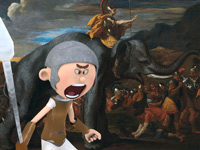
RESOURCES
This article uses material from the Wikipedia article "Second Punic War", which is released under the Creative Commons Attribution-Share-Alike License 3.0.
© Stories Preschool. All Rights Reserved.
